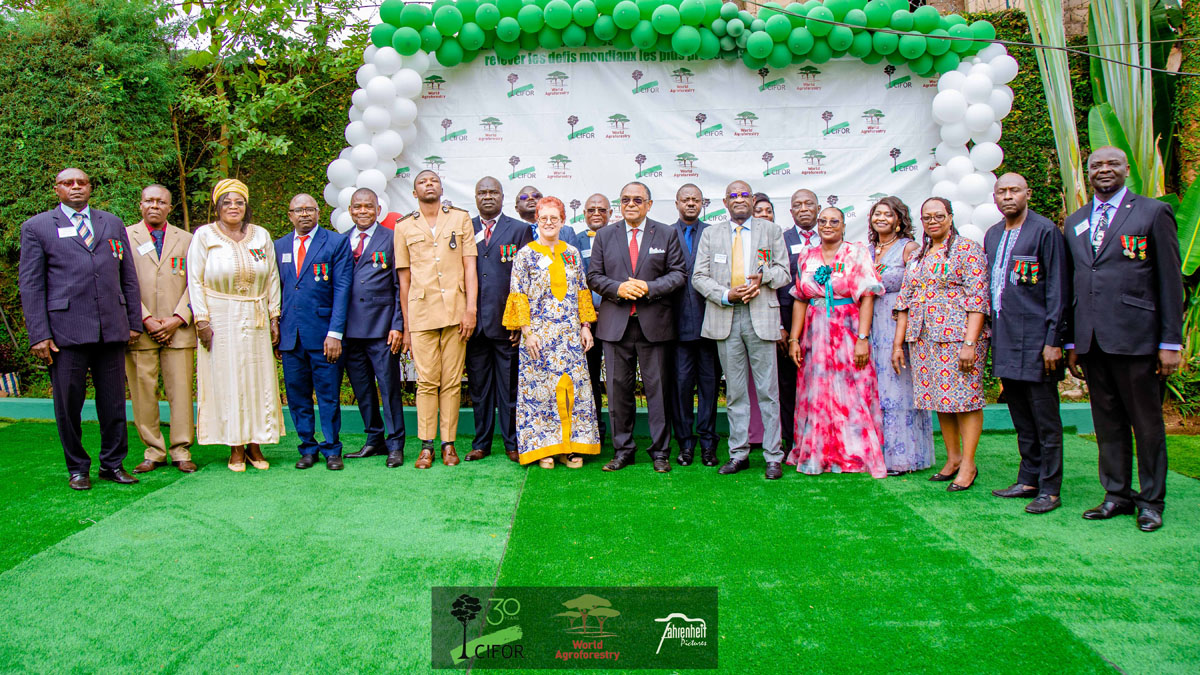Smallholder farmers in the densely populated highlands of Southwestern Uganda face major constrains because of poor soil productivity and inadequate wood supply. The wood production, soil replenishing potentials and economic returns of five improved fallow systems: Sesbania sesban, Calliandra calothyrsus, Alnus acuminata, Tephrosia vogelii, and Acanthus pubescens were compared with the traditional bush fallow and continuous cropping systems. A trial was conducted on a non-P deficient Haplorthox (USDA) or Haplic ferralsols (FAO). Starting in March 1996, the fallow phase lasted for 2 years. Crop performance after fallow was subsequently assessed for 2 years. Soil improvement due to fallow was observed only on the degraded upper two-thirds of the terraces but not on the relatively more fertile lower terrace parts. Mineral nitrogen levels increased from 9.5 mg kg1 in the continuous cropping systems to 17.3 and 13.1 in the Sesbania and Calliandra fallows, respectively. On the upper terrace, cumulative maize yield after fallow increased significantly from 1.6 Mg ha1 in the continuous cropping to 3.5, 4.1, 5.9 and 6.2 Mg ha1 in the Tephrosia, Alnus, Calliandra and Sesbania fallow systems, respectively. Besides crop yield improvement, Sesbania, Calliandra and Alnus resulted in high firewood production of 27, 26, and 24 Mg ha1, respectively. Net benefits over the whole terraces show negative annual returns under the continuous cropping system but higher net returns of USD 229, 157, and 111 in the Sesbania, Calliandra and Alnus systems, respectively. Returns to labour are also higher in the tree fallow system, trading labour above the normal wage rate. On the upper terrace part, only Sesbania, Calliandra and Alnus systems result in positive annual net benefits of USD 185, 111, and 53, respectively. Tephrosia, natural fallow and continuous cropping systems are not profitable on the heavily degraded upper terrace as they result in negative returns.
DOI:
https://doi.org/10.1016/S0167-8809(02)00046-4
Altmetric score:
Dimensions Citation Count:
00046-4&apiKey=3948bb216041dbffcb29a618defafc29&httpAccept=image%2Fjpeg)
Publication year
2003
Authors
David, S.; Raussen, T.
Language
English
Keywords
acanthus pubescens, agroforestry, alnus acuminata, calliandra calothyrsus, economics, sesbania sesban, soil fertility, tephrosia vogelii, trees, agronomy
Geographic
Uganda






















